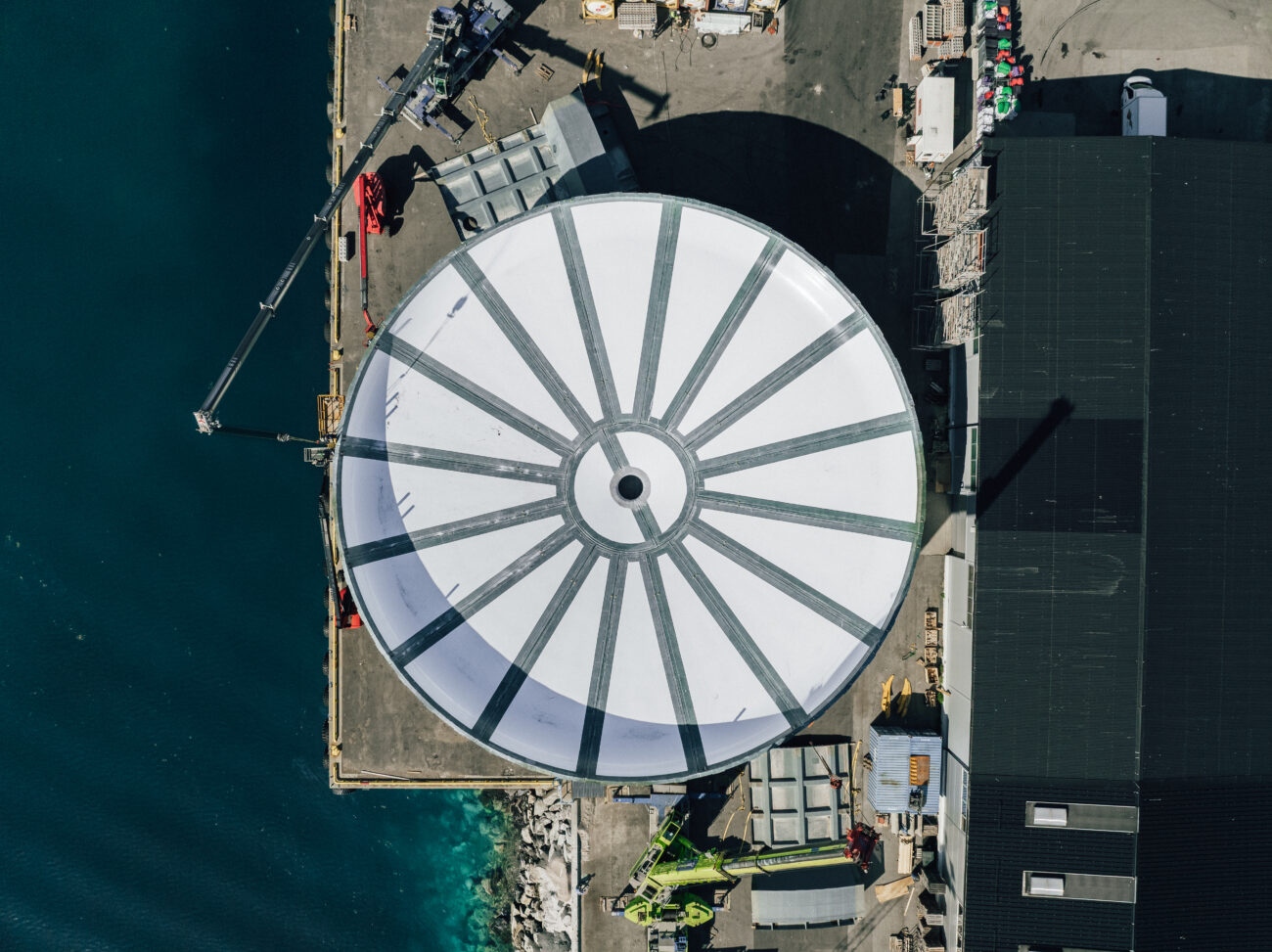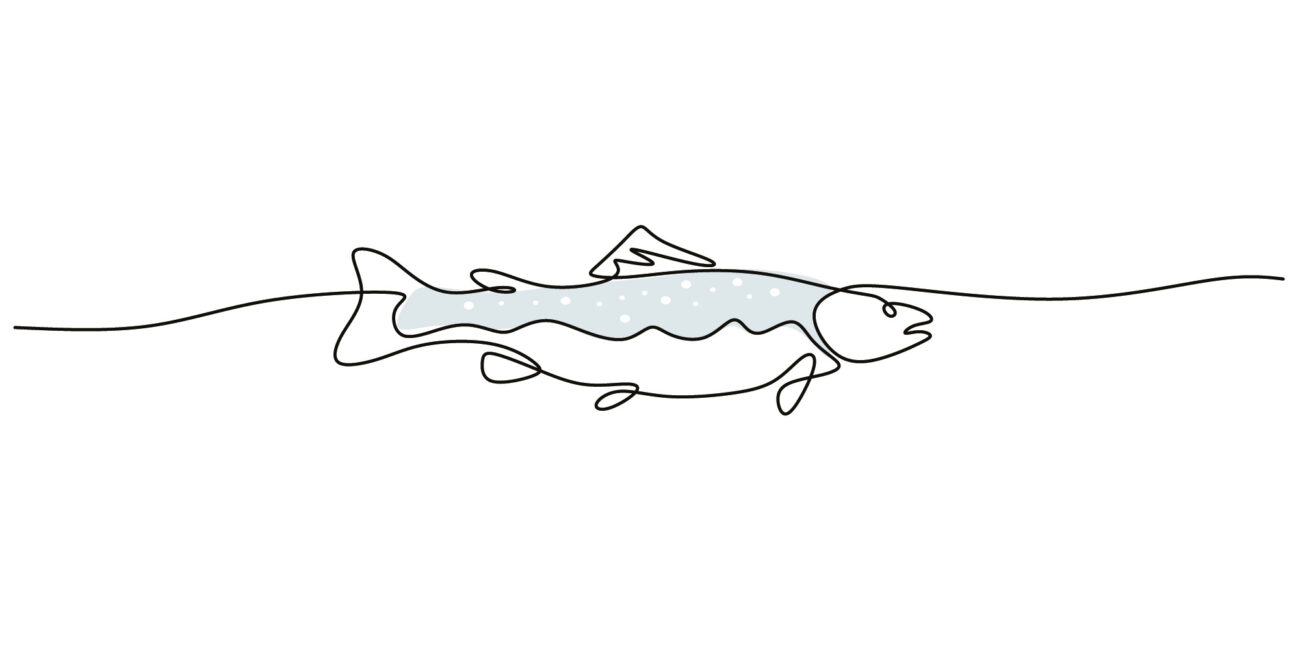Closed Containment Won’t End Open-Net Pen Farming, It Makes It Better

With biology and regulation tightening, salmon farming is moving toward a hybrid model. Field-proven closed-containment phases can protect fish, reduce lice exposure, and strengthen the performance of open net pens.
Meet the expert: Roar Paulsen, SVP, Aquafarm Equipment
After 27 years with leading roles at Lerøy and four years with Mowi across Scotland and Ireland, Roar Paulsen joined Aquafarm Equipment to pair practical farming know-how with engineering and scale closed-containment at sea.
— Moving from leading 300–500 people to a lean team felt strange. I even checked whether my phone was broken because it suddenly went quiet. I joined Aquafarm because the next phase of growth won’t come from doing more of the same in open net pens. It will come from better technology paired with day-to-day farming know-how.
— When Aquafarm called, I did my homework. They’re among the leaders on the tech side, and what I can add is the operations side. You need both if you want this to work at scale.
The shift is underway
Sea lice, algae events, and welfare risks are pushing producers to seek more control and predictability. Policy signals point to tighter expectations on fish health and environmental performance. In this context, technology choices decide who grows – and who falls behind. Roar sees the path ahead clearly:
— We have to farm more on the salmon’s terms: fewer lice, less algae pressure, tighter control of the environment. If the fish is struggling, the method needs to change.
Closed-containment doesn’t have to replace open-net pens—it can strengthen them.
If used smartly, closed systems placed between open-net sites effectively increase the distance between exposed populations. In theory, this means fewer lice transfers and reduced bacterial pressure across the area.
They can also act as “buffers” on the most challenging sites—those known for persistent lice problems. By installing semi-closed cages in these hotspots, operators not only protect the fish inside, but also reduce the parasite load drifting toward neighboring pens.
In practice, this approach creates a more balanced production system: open nets can be fallowed longer and spread further apart, while closed phases carry fish safely through their most vulnerable stages. Rather than competing, the two systems reinforce each other—delivering healthier fish, lower parasite pressure, and stronger results for the industry.
Economics over the full cycle
Closed-containment is a capital decision, but total cost over time is what matters: improved survival, fewer treatments, more stable biology, and documented waste handling.
— Done properly, closed cages will lower your cost of production. The investment might be heavy up front, but over 10–20 years the math holds up. The forward-thinking operators I speak with already see the long-term economic benefits.
Norway: prepare before policy lands
Stricter lice and mortality expectations will hit regions differently. Operators who wait to react will be late; those who can demonstrate low lice exposure and waste capture will be positioned to grow when incentives arrive.
— The window is short. For some West Coast areas, forward scenarios indicate up to two-thirds lower volumes without biological improvements. If you wait for the rules to land, you’re already late. The government signals are straightforward: keep lice low and you can grow; lice allowances may even be tradable. There’s a big opportunity for growth.
Scotland: high scrutiny, high potential
Scotland is a major producer with intense environmental expectations and, in places, tougher biology than Norway. Adoption of new technology has lagged, which is exactly why the opportunity is large.
— There are no closed-cage projects in Scotland yet, but there’s great potential here. Environmental expectations are high, biology can be challenging, and the policymakers we speak to are open to cleaner technology. That’s a good match for closed-containment.
Why the mix matters
The practical pathway is a hybrid model: protect fish in a closed-containment phase (deep-water intake, controlled oxygen, barrier to lice, integrated waste capture) and operate open net pens with more spacing and longer fallowing. The result is better welfare, lower risk, and a license to grow — in Norway, Scotland, and beyond.
— Get the mix right, and closed cages will lift the performance of open-net pens as well. That’s how we keep farming — and growing — in a way society can support.
Join the NEOM watchlist
